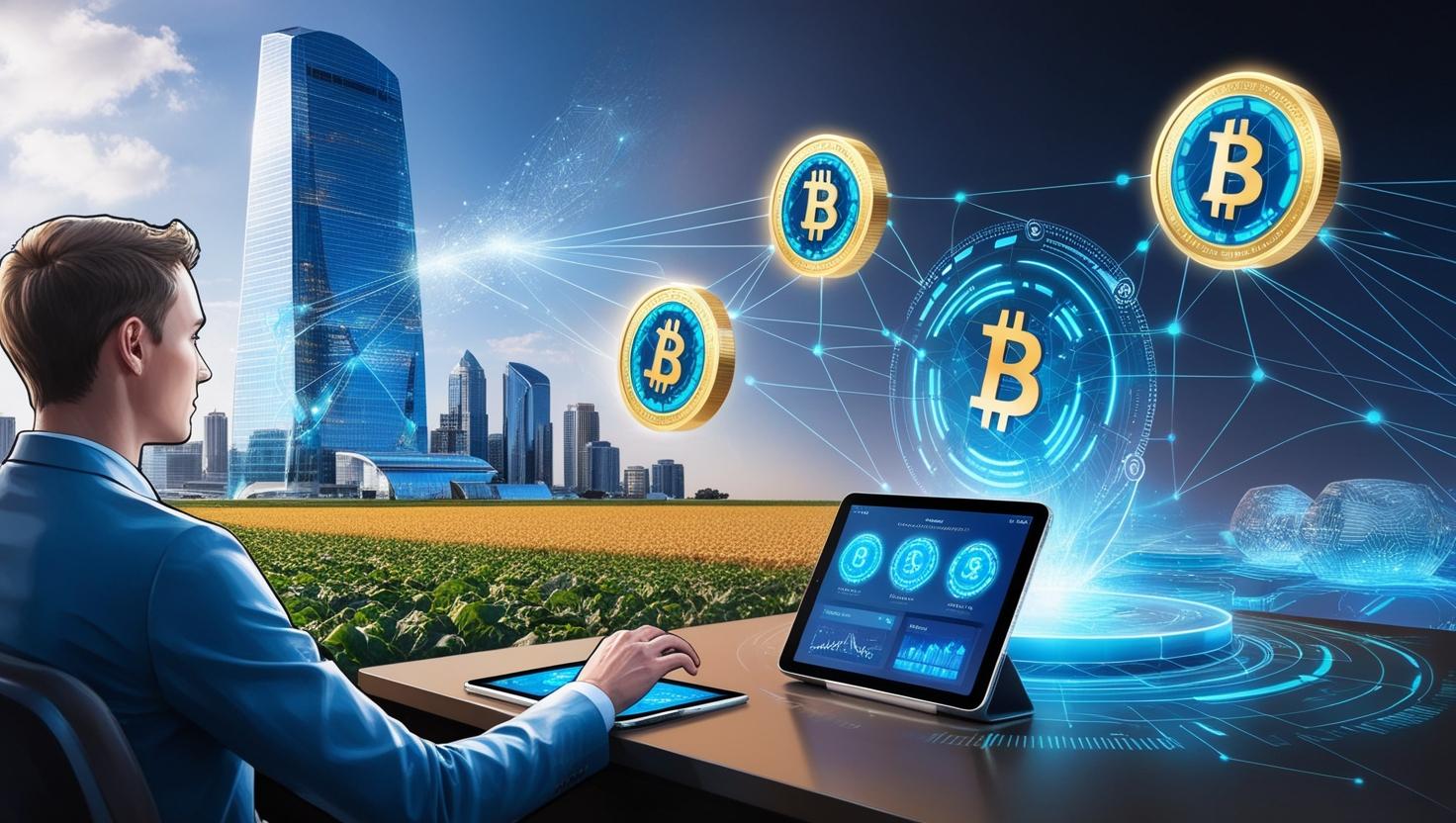NISM Certification Training
(24)+ Courses

Introduction
Asset tokenization is revolutionizing financial markets by converting real-world assets, such as real estate, commodities, and collectibles, into digital tokens on blockchain networks. This innovation enhances liquidity, increases accessibility, and reduces transaction costs. As blockchain adoption grows, tokenization is poised to transform traditional asset ownership and investment models. Understanding how asset tokenization works and its implications for investors, businesses, and regulators is crucial in the evolving digital economy.
What is Asset Tokenization?
Asset tokenization involves the creation of blockchain-based digital tokens that represent ownership of physical or financial assets. These tokens can be traded on digital platforms, allowing fractional ownership and greater investment flexibility. Tokenization applies to various asset classes, including real estate, commodities, art, collectibles, and financial instruments. By breaking assets into smaller, tradeable units, tokenization democratizes access to investment opportunities that were previously available only to institutional investors or high-net-worth individuals.
Benefits of Asset Tokenization
One of the most significant advantages of asset tokenization is increased liquidity. Traditional assets, such as real estate and private equity, are often illiquid, requiring significant time and capital to buy or sell. Tokenization allows investors to purchase and trade fractional shares, making these assets more accessible and tradable in secondary markets.
Another key benefit is the reduction in transaction costs. Blockchain technology eliminates the need for intermediaries, such as brokers and banks, which often impose high fees. Automated smart contracts execute transactions seamlessly, minimizing administrative costs and ensuring greater efficiency. Additionally, blockchain’s transparency and security enhance investor confidence by reducing fraud and ownership disputes.
Tokenization also expands global investment opportunities. Investors from different regions can access tokenized assets without traditional geographic and regulatory restrictions. This increased accessibility fosters financial inclusion, enabling smaller investors to participate in high-value asset markets.
Challenges and Risks of Asset Tokenization
Despite its advantages, asset tokenization faces several challenges. One major issue is regulatory uncertainty. Many jurisdictions lack clear legal frameworks governing tokenized assets, which creates complexities for businesses and investors. Compliance with securities laws, anti-money laundering (AML) regulations, and know-your-customer (KYC) requirements remains an ongoing concern.
Security risks also pose a significant challenge. Smart contract vulnerabilities can expose tokenized assets to cyber threats, including hacking and fraudulent schemes. Investors must conduct thorough due diligence on tokenization platforms to mitigate potential risks. Furthermore, tokenized assets may experience price volatility due to lower trading volumes and speculative market activity, making price discovery more challenging.
Another obstacle is infrastructure and market adoption. The tokenization industry is still in its early stages, with limited trading platforms and institutional participation. As technology evolves and regulatory clarity improves, broader adoption is expected, but widespread integration will take time.
The Role of Asset Tokenization in Real Estate and Commodities
Real estate tokenization is one of the most promising applications of this technology. Traditionally, real estate investments require substantial capital and lengthy legal procedures. Tokenization enables fractional ownership, allowing investors to buy and sell property shares without engaging in complex transactions. Platforms like RealT and Harbor are pioneering real estate tokenization, making property investments more liquid and accessible.
Similarly, commodities tokenization is transforming the trading of assets like gold, silver, and oil. Tokenized commodities reduce the need for physical storage and increase market efficiency. Companies like Paxos Gold (PAXG) issue blockchain-based gold-backed tokens, enabling digital trading of precious metals. Tokenization also enhances the liquidity of agricultural and energy commodities, streamlining cross-border transactions.
How Investors Can Navigate the Tokenization Market
To succeed in the tokenized asset market, investors must conduct thorough research on tokenization platforms, assessing their credibility, security measures, and compliance with regulations. Understanding the underlying asset and issuer is crucial for risk mitigation. Diversification is another essential strategy, as spreading investments across different tokenized asset classes reduces exposure to market fluctuations and liquidity constraints.
Regulatory awareness is vital for investors participating in tokenized asset markets. Staying informed about evolving digital asset regulations ensures compliance and reduces legal risks. Additionally, evaluating smart contract security is critical, as vulnerabilities can lead to potential financial losses. Reviewing independent security audits and engaging with reputable blockchain firms can help safeguard investments.
Liquidity and exit strategies should also be carefully assessed. Investors need to determine how easily they can liquidate tokenized assets and whether the market offers sufficient trading volume. Choosing platforms with high liquidity and strong institutional backing enhances the ability to exit positions efficiently.
The Future of Asset Tokenization
The future of asset tokenization is promising, with several trends shaping its evolution. Regulatory advancements are expected to provide clearer legal frameworks, encouraging greater institutional adoption. Governments and financial authorities are increasingly recognizing the benefits of tokenization and are working toward integrating it into existing financial systems.
Institutional adoption will likely accelerate, with major financial institutions incorporating tokenized assets into traditional markets. Improved blockchain scalability will enhance transaction efficiency, reducing settlement times and increasing market participation. Decentralized trading platforms (DEXs) will also play a crucial role in facilitating tokenized asset transactions, providing investors with greater flexibility and control.
Beyond real estate and commodities, tokenization is expanding into new sectors, including infrastructure projects, intellectual property rights, and financial derivatives. These developments will further integrate blockchain technology into global finance, making asset tokenization a fundamental pillar of the digital economy.
Conclusion
Asset tokenization is transforming the investment landscape by increasing liquidity, reducing costs, and enhancing accessibility. While regulatory challenges and security risks remain, the ongoing development of blockchain technology and legal frameworks will drive the future growth of tokenized finance. Investors and businesses that embrace tokenization will unlock new financial opportunities in an increasingly digitized world.
Source: Forbes, "How Tokenization is Changing the Investment Landscape," forbes.com
